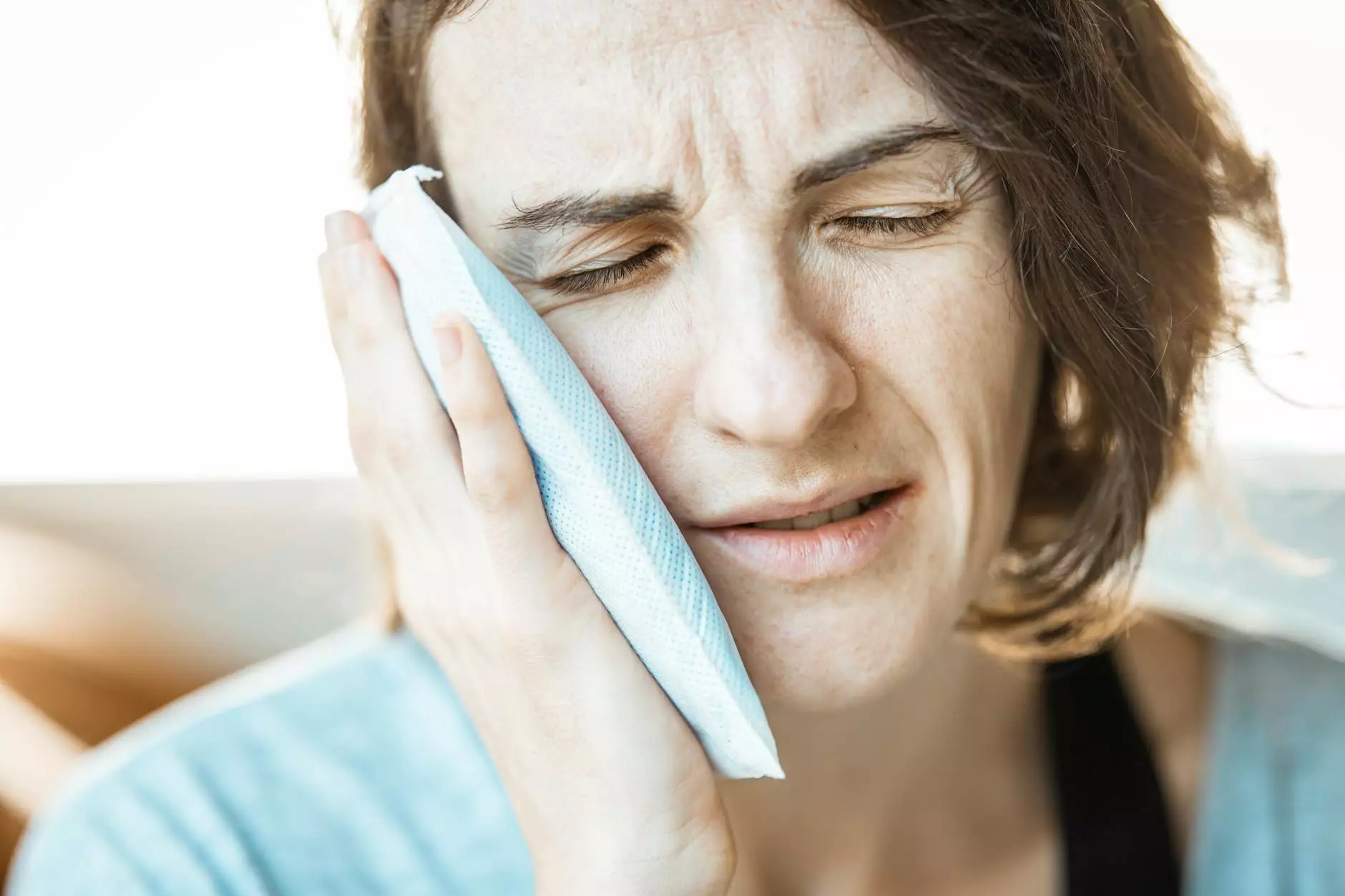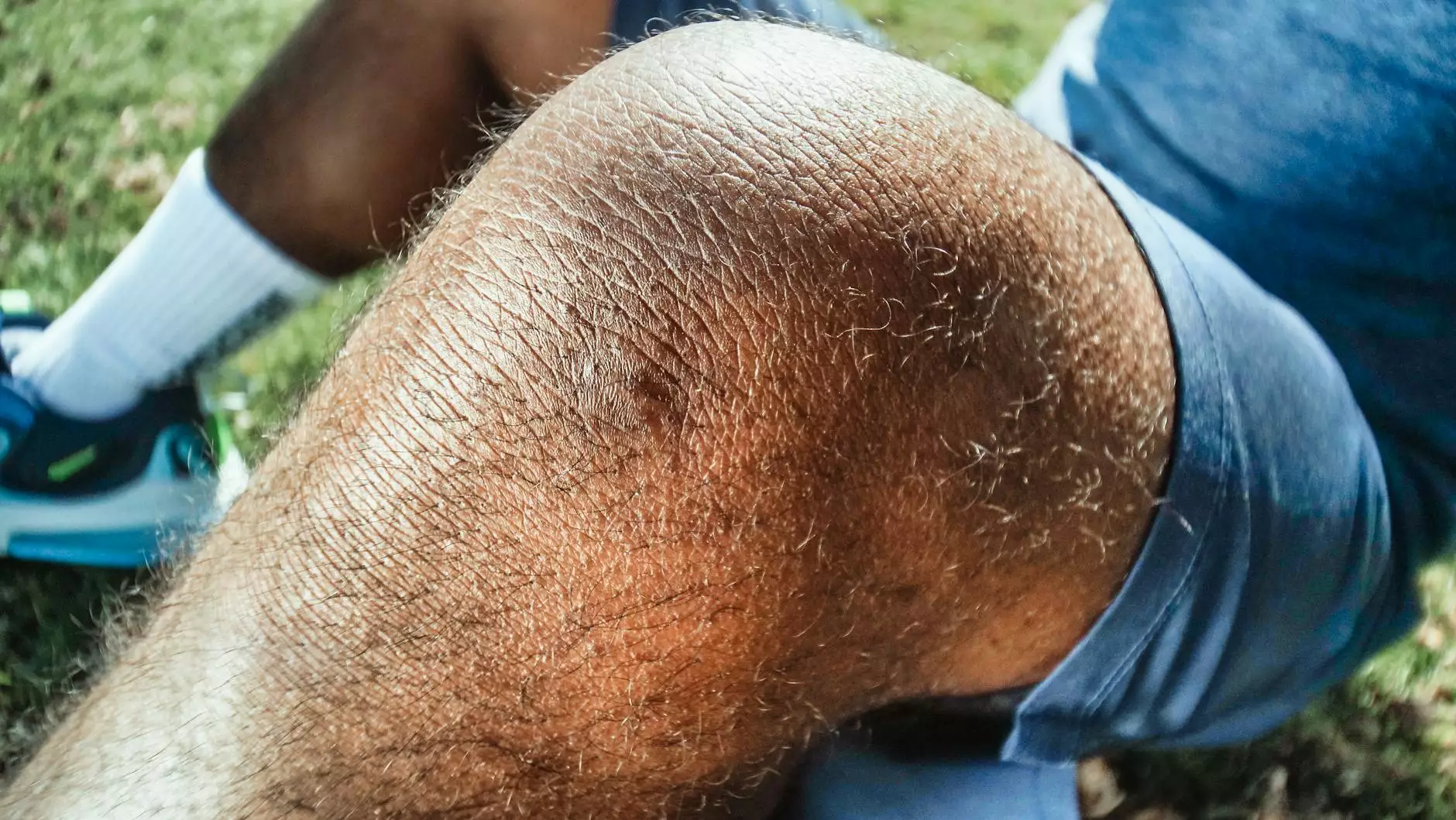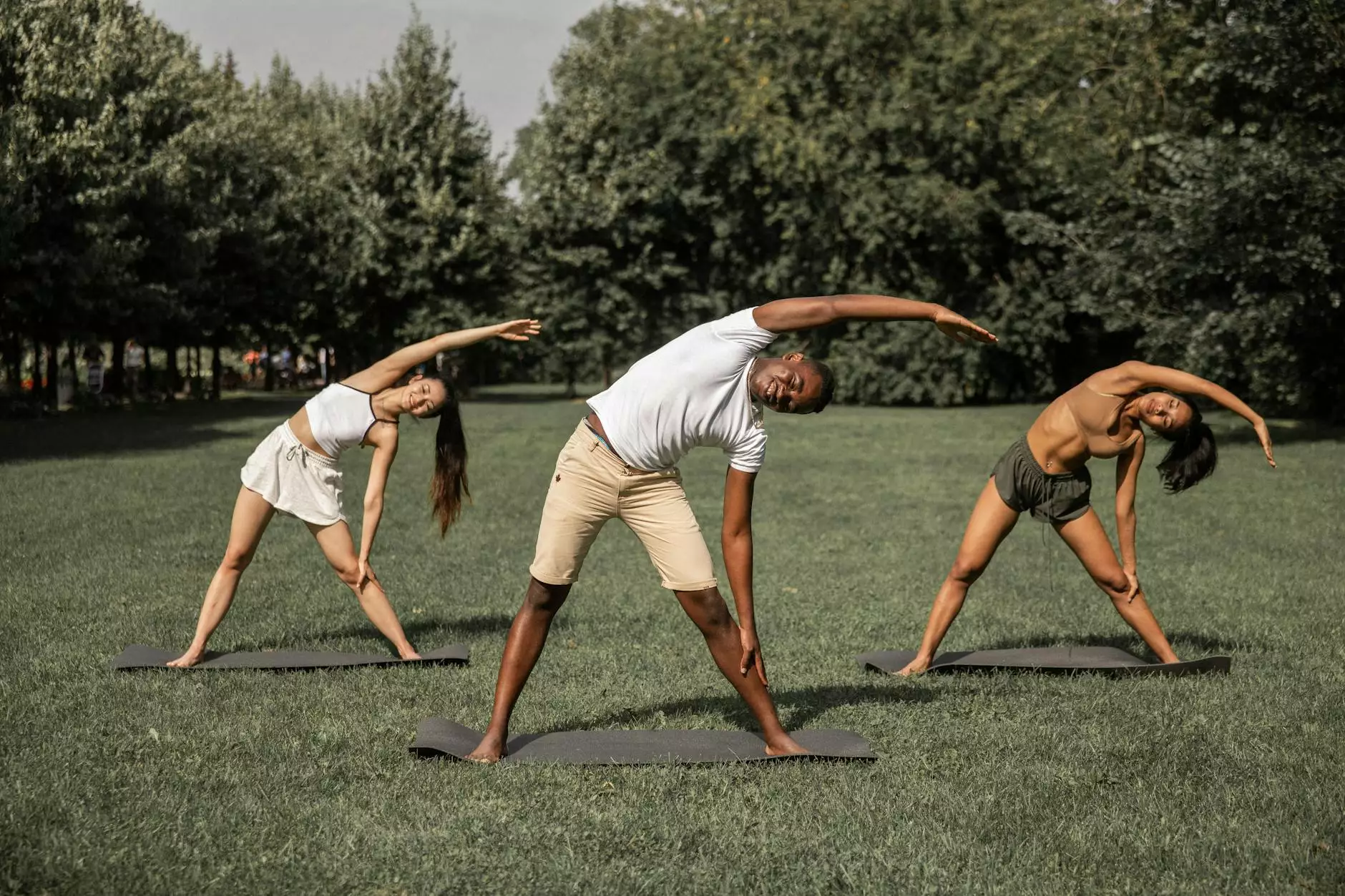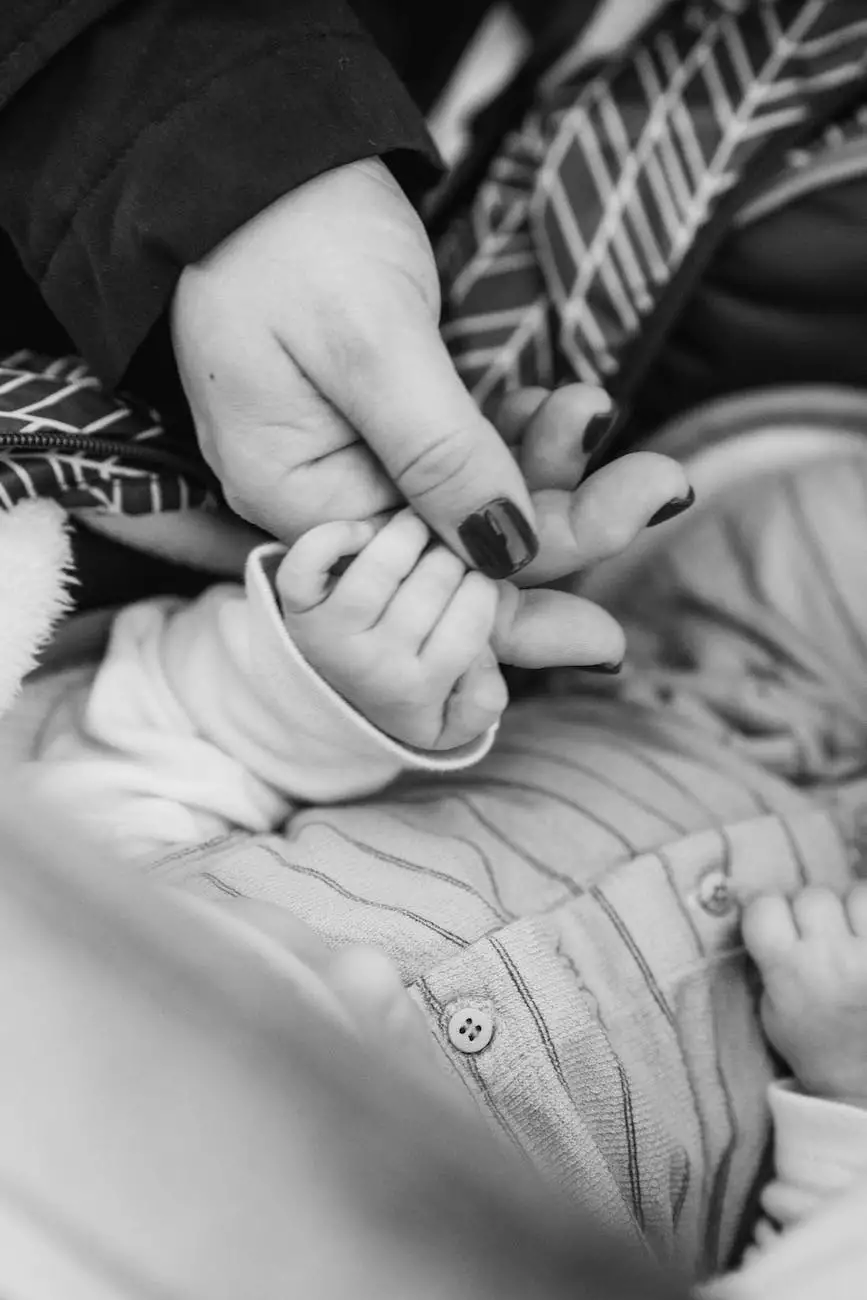Jumper's Knee - A Comprehensive Guide
Blog
Introduction to Jumper's Knee
Welcome to Regency Square Care Center's comprehensive guide on Jumper's Knee. As a leading provider of health and geriatric care, our goal is to educate and provide valuable insights into various conditions affecting aging individuals. In this guide, we will dive deep into Jumper's Knee, also known as patellar tendonitis, and explore its causes, symptoms, treatments, and prevention methods.
Understanding Jumper's Knee
Jumper's Knee is a common overuse injury that affects the patellar tendon, which connects the kneecap (patella) to the shinbone (tibia). This condition is frequently seen in athletes who participate in activities that involve repetitive jumping or quick changes in direction, such as basketball, volleyball, and track and field. However, it can also develop in individuals who engage in regular physical activities or jobs that require frequent kneeling or squatting.
Causes of Jumper's Knee
The primary cause of Jumper's Knee is repetitive stress on the patellar tendon. This stress leads to small tears in the tendon, resulting in inflammation, pain, and tenderness. Over time, if not properly addressed, these tears can worsen and potentially affect one's mobility and quality of life. Other contributing factors to Jumper's Knee include:
- Overuse or sudden increase in physical activity
- Poor lower limb biomechanics
- Muscular imbalances, particularly in the quadriceps muscles
- Inadequate warm-up or cool-down routines
- Inappropriate footwear
- Previous knee injuries or surgeries
Symptoms and Diagnosis
Jumper's Knee is typically characterized by pain, tenderness, and swelling around the patellar tendon. Initially, the discomfort may appear after physical activity, but as the condition progresses, it can become constant. Individuals with Jumper's Knee may also experience stiffness and weakness in the affected knee.
Diagnosing Jumper's Knee usually involves a thorough physical examination, medical history review, and discussion of symptoms. In some cases, imaging tests such as ultrasound or MRI may be ordered to assess the extent of the tendon damage.
Treatment Options for Jumper's Knee
At Regency Square Care Center, we offer a multidisciplinary approach to treating Jumper's Knee. Our team of healthcare professionals, including orthopedic specialists, physical therapists, and occupational therapists, work together to develop personalized treatment plans based on individual needs. Treatment options for Jumper's Knee may include:
- Rest and Activity Modification: Adequate rest and modification of activities that aggravate the condition are crucial for the healing process. This may involve temporarily avoiding sports or activities that involve excessive jumping or bending of the knees.
- Physical Therapy: Physical therapy plays a crucial role in the rehabilitation of Jumper's Knee. Therapeutic exercises and modalities help strengthen the surrounding muscles, improve flexibility, and aid in pain management.
- Medications and Injections: Over-the-counter nonsteroidal anti-inflammatory drugs (NSAIDs) may be recommended to reduce pain and inflammation. In some cases, corticosteroid injections may be administered to alleviate severe symptoms.
- Bracing and Support: The use of braces, straps, or taping techniques can provide additional support to the knee and help alleviate stress on the patellar tendon during physical activities.
- Surgical Intervention: In rare cases where conservative treatments fail to provide relief, surgical intervention may be considered. Surgical procedures for Jumper's Knee aim to repair or remove damaged tissues and promote tendon healing.
Preventing Jumper's Knee
Prevention is key when it comes to Jumper's Knee. Incorporating the following strategies into your routine can help reduce the risk of developing this condition:
- Gradually increasing physical activity levels
- Wearing appropriate footwear with good cushioning and support
- Maintaining proper lower limb alignment and biomechanics
- Performing regular stretching and strengthening exercises for the lower limb muscles
- Using protective gear and equipment during high-impact activities
- Listening to your body and allowing ample rest and recovery time between activities
Conclusion
In conclusion, Jumper's Knee is a common condition that can significantly impact one's daily life and physical performance. At Regency Square Care Center, we prioritize the well-being of our patients and strive to deliver exceptional care. If you or a loved one is experiencing symptoms of Jumper's Knee or any other health concerns related to geriatric and aging care, we are here to help. Contact us today to schedule a consultation with our experienced healthcare team.










